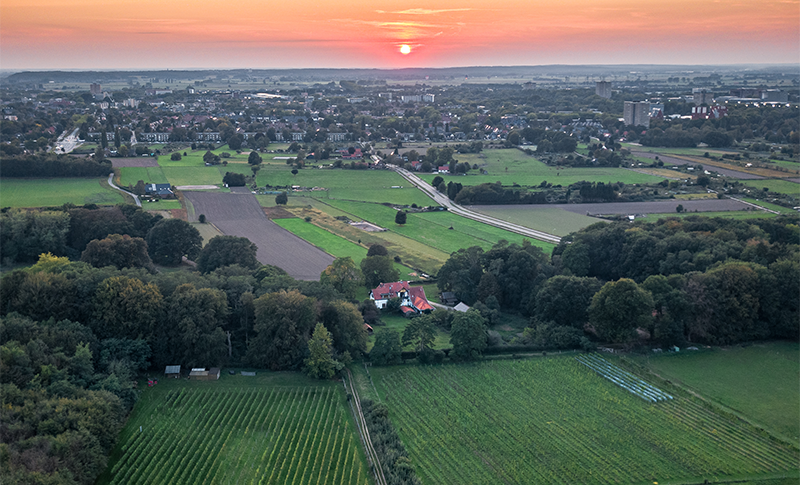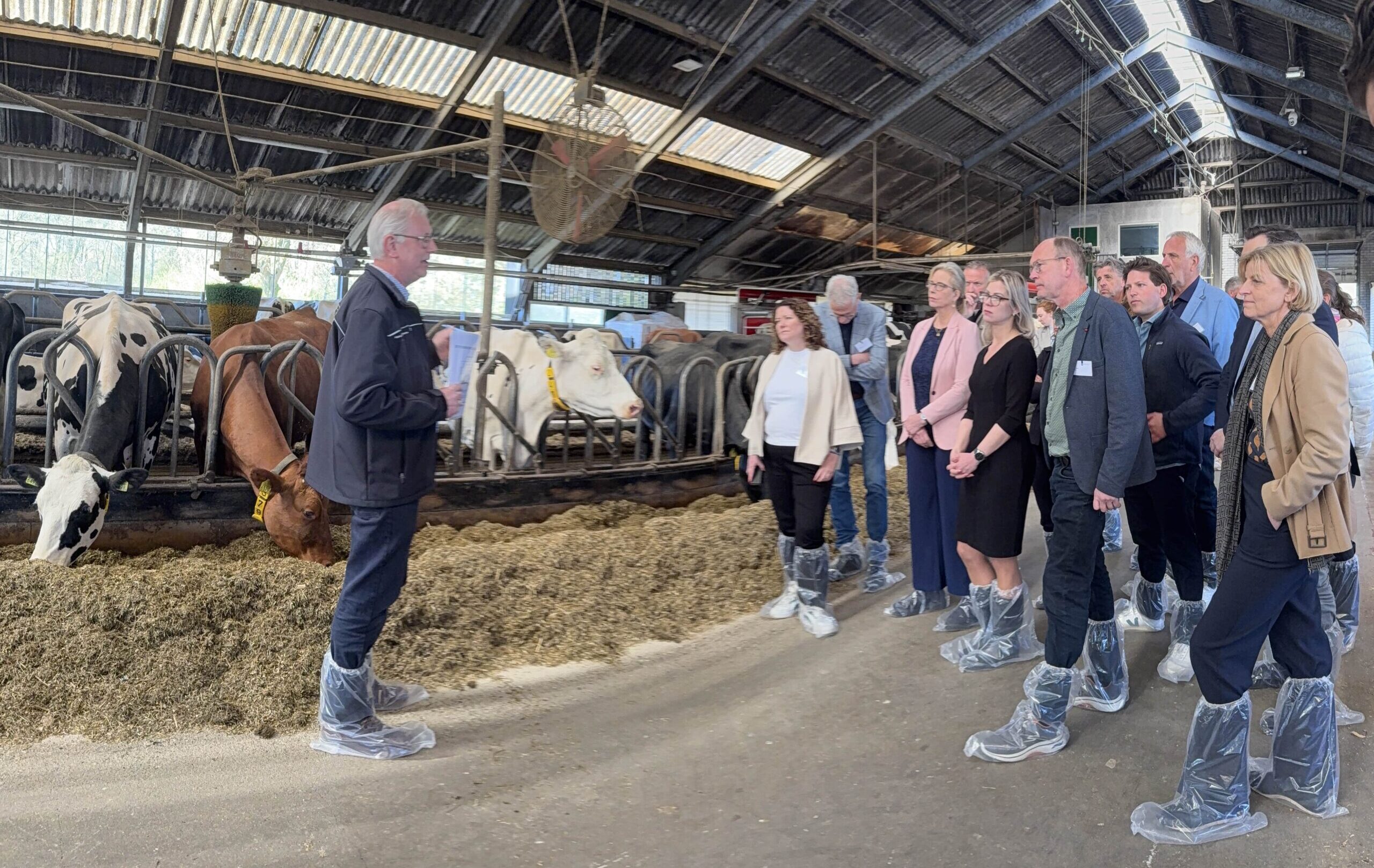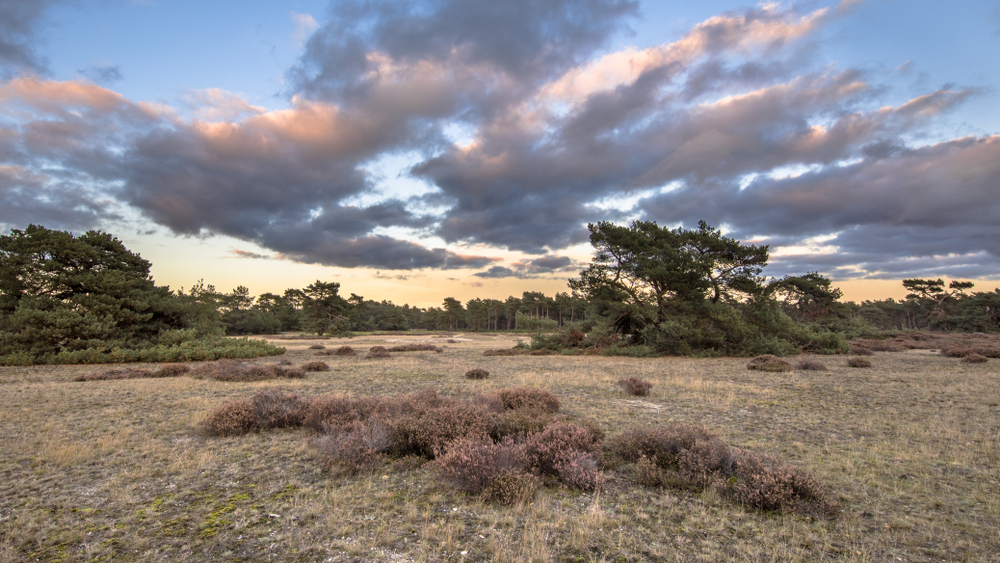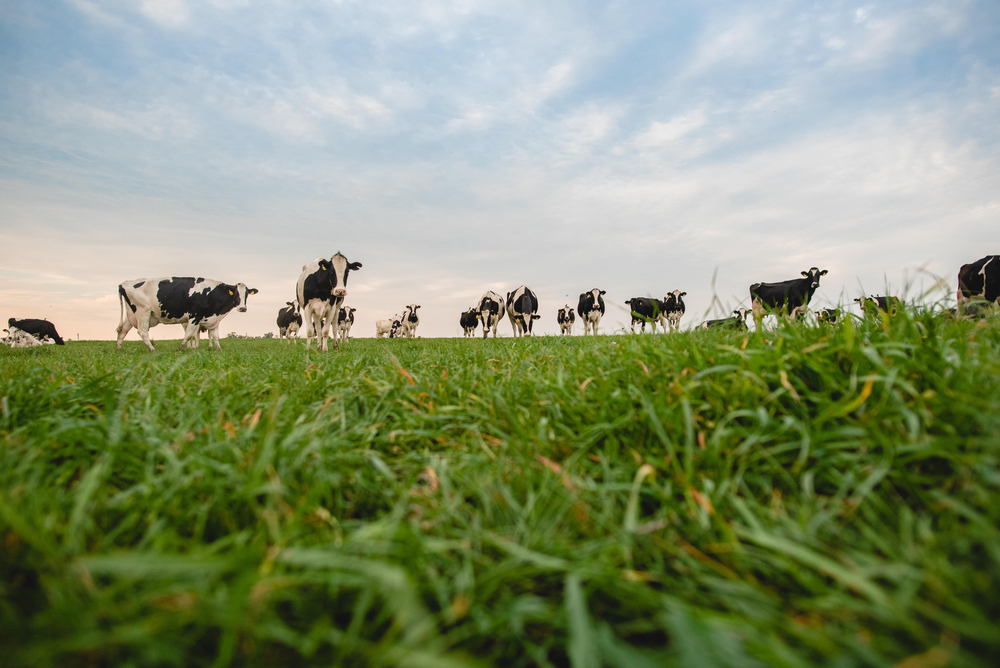The ongoing negotiations on an agriculture agreement have yet to lead to the formulation of a shared vision on the future of Dutch agriculture. But the Wageningen scientists Wim de Vries, Martin van Ittersum, Roel Jongeneel and Gerard Ros Wageningen do have ideas about the future of the sector.
Irritated by the way nitrogen and ammonia seem to be the only subject of discussion in the agricultural sector, and a very negative discussion at that, professor of Plant Production Systems Martin van Ittersum picked up the phone late summer 2022. Wasn’t it high time for an integrated take on agriculture, paying attention to all the environmental issues in the sector? And offering prospects for the future instead of all the gloom and doom about everything that is going wrong now? At the other end of the line, Wim de Vries (professor of Integral Nitrogen Impact Analysis) agreed wholeheartedly. He and his colleague Gerard Ros (a researcher in Nutrient Management) were already working on several articles taking a similar line. De Vries: ‘If you take a broader view of the future of agriculture, the ammonia issue is rather relative. The Netherlands can go all out to reduce ammonia now, but if reducing methane emissions turns out to be more complicated than we thought, we’ll be in an even tighter spot in the long run.’
Van Ittersum’s phone call resulted in the decision to write a joint article for the provincial councils, whose task it is to coordinate the nitrogen reduction. They invited agricultural economist Roel Jongeneel to join them, as this issue calls for a lot of economic expertise as well. They met after work on Friday afternoons. Even though there was no formal assignment, they felt this document had to be produced. The cookies Van Ittersum invariably brought along made up for a lot – as did the way the four of them worked together. ‘It was very stimulating to think about this issue together,’ says Van Ittersum. ‘I learned a lot from it,’ agrees De Vries.
They published their vision paper in mid-April, shortly after De Vries and professors Jan Willem Erisman (Leiden) and Chris Backes (Utrecht) published their essay on the ministry’s question as to whether there is an alternative to the critical deposition value (CDV), which is the nitrogen norm currently in use.
Current policy is increasingly adopting the farmers’ point of view. We correct that
The order of publication was coincidental, says De Vries. ‘The four of us were already steaming ahead with our piece when I came across the CDV essay, increasing the urgency of publishing. You can see that essay as a kind of prelude to our piece; it gives an idea of the direction of our thinking and even refers to our plan. It worked like a big stick to make us get a move on.’
But that was not the only reason to speed up, Ros explains. ‘The provinces must submit their plans for the National Rural Area Programme on 1 July. We noticed that they are desperate for solutions for the nitrogen and ammonia problems, and have little time left for the other agricultural issues such as water quality, climate and soil quality. Our document also wants to give the provinces something to aim for: we say an integral approach to agriculture is possible, and here’s how to do it.’
The farmer’s point of view
The crux of the Wageningen plan is the idea of calculating the national environmental challenges for agriculture in terms of specific targets per farm. In the case of ammonia and greenhouse gases such as nitrous oxide and methane, the targets depend on the number of hectares or animals on the farm. In the case of nitrate, soil type and the risk of leaching are additional factors. The plan provides for a system of emissions rights that decrease annually.
An integrated approach to agriculture is possible, and here’s how to do it
The advantage of this approach is that each farmer gets their own critical performance indicators in areas they have an influence over, rather than being judged on values that individuals have little control over, such as nitrogen precipitation in natural areas. The critical performance indicators also give farmers the leeway they need to decide for themselves how to work towards those targets. Buying emission rights from retiring farmers is among the options, for instance. Van Ittersum sums it up: ‘It doesn’t matter how farmers get there, as long as they do get there’.
That does not mean the four researchers want to give farmers free rein entirely, De Vries adds. ‘Besides target requirements such as those indicators, it is perfectly possible to keep a number of regulations about farming methods. The regulations banning manure-spreading in the autumn, for example. From the point of view of emission and leaching targets, that is a very sensible regulation, and one we should certainly keep.’ Ros adds: ‘But current policy is increasingly adopting the farmers’ point of view. We correct that by saying ‘please don’t continue on that track’. Because it’s going a bit too far in the Netherlands at the moment.’
Getting moving
Because no farmer is eager for more rules and paperwork, Ros, De Vries, Van Ittersum and Jongeneel have given a lot of thought to the feasibility and workability of their plan. Wherever possible, they make use of the management tools that farmers already work with. For soil and water quality, these include the Open Soil Index, the Farm Water Indicator and the Farm Soil and Water Plan. The Cycle Indicator provides guidance on calculating current emissions and leaching. And the proposed approach to emission rights for ammonia and greenhouse gases borrows heavily from the phosphate rights system. It may not be the perfect solution but it is workable. ‘And the urgency is so great that we can’t start by spending years identifying the best instrument,’ Ros adds. ‘We’ve been talking about the nitrogen crisis for four years and far too little is happening. This can help get things moving.’
Business model
The four researchers are confident that the approach they propose will make the Dutch agriculture sector go into action. But they acknowledge that the transformation will not be easy. ‘It’s bound to hurt somewhere. And what it hurts most, of course, is the business model,’ says De Vries. Currently, 90 per cent of a farm’s turnover comes from agricultural products. To maintain the vitality of agriculture, a farm’s business model will have to be strengthened through several channels, the plan states. It does not rule out a need to compensate farmers with funding from some kind of ‘landscape tax’.
De Vries on that tax: ‘The government has reserved 25 billion euros for the transition period. We say: look beyond that phase too. That 25 billion may not be enough to put farmers on a sound business footing in the longer term. In that case, introducing a landscape tax might help. Incidentally we didn’t let the question of whether Brussels would allow all this cramp our style.’ Ros adds: ‘But it is not a totally unrealistic idea; according to Roel (Jongeneel, ed.) there are enough pointers to justify the assumption that something of the sort is possible.’
Partners in the supply chain should also be expected to contribute financially to the agricultural transition, states the plan – just as the earlier Remkes report did. But exactly what form that contribution should take is not spelled out, admits Van Ittersum.
This paper helps to get things moving
‘That kind of thing should be part of the agriculture agreement’. De Vries: ‘There are a few aspects of our plan that still need to be worked out in more detail. The minister asked about those kinds of practical details after he’d read the plan, too. But it isn’t intended to be that kind of document. It is not up to us to draw up the finer details of the policy; we point in a certain direction.’
A future with agriculture
Ros: ‘Everyone is always making all kinds of demands of agriculture. But not everyone is aware that if all those demands were met, there wouldn’t be much agriculture left in the Netherlands. This plan emphasizes that we see a future for agriculture in the Netherlands, and how: offering the agricultural sector a realistic vision of the future requires instruments, legislation and specific goals.’ Van Ittersum: ‘I can well imagine that the plan will inspire other Wageningen scientists to join us in thinking this through. They are welcome; this is a starting point. But with an important message: agriculture in the Netherlands does have future prospects.’

 The Wageningse Eng with the vineyards of Wagenings Wijngoed in the foreground. Photo DroneWageningen
The Wageningse Eng with the vineyards of Wagenings Wijngoed in the foreground. Photo DroneWageningen 

